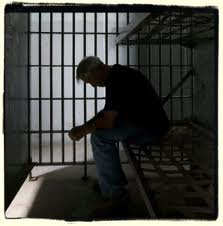 Sue Burrell, attorney with the Youth Law Center in San Francisco, says that since 1996, the population in California youth corrections facilities has decreased 85 percent, yet the state's juvenile crime rates have declined substantially.
Sue Burrell, attorney with the Youth Law Center in San Francisco, says that since 1996, the population in California youth corrections facilities has decreased 85 percent, yet the state's juvenile crime rates have declined substantially.
"We actually created some of the things the report talks about in terms of financial disincentives to commit kids to the state-level facilities, and actual legislation in which we deliberately have realigned a lot of the services to local communities."
Bart Lubow says research shows that locking kids up hasn't paid off, whether that's in a corrections center or "training school," and it's time for states to adopt policies to slow the sentencing stream, and invest in alternatives that focus on treatment and supervision.
"Comprehensive, well-thought-out strategies in state juvenile justice systems that will not only ensure that there's fewer kids locked up, but that will ensure that there's less crime, and less money spent, and that kids have better odds of being successful in adulthood."
He says that, for the few teenagers who are actually dangerous, large institutions should be replaced with small, treatment-oriented facilities.
The report makes six recommendations to help states change systems
Northern California
Public Media
Newsletter
Get the latest updates on programs and events.

 Live Radio
Live Radio